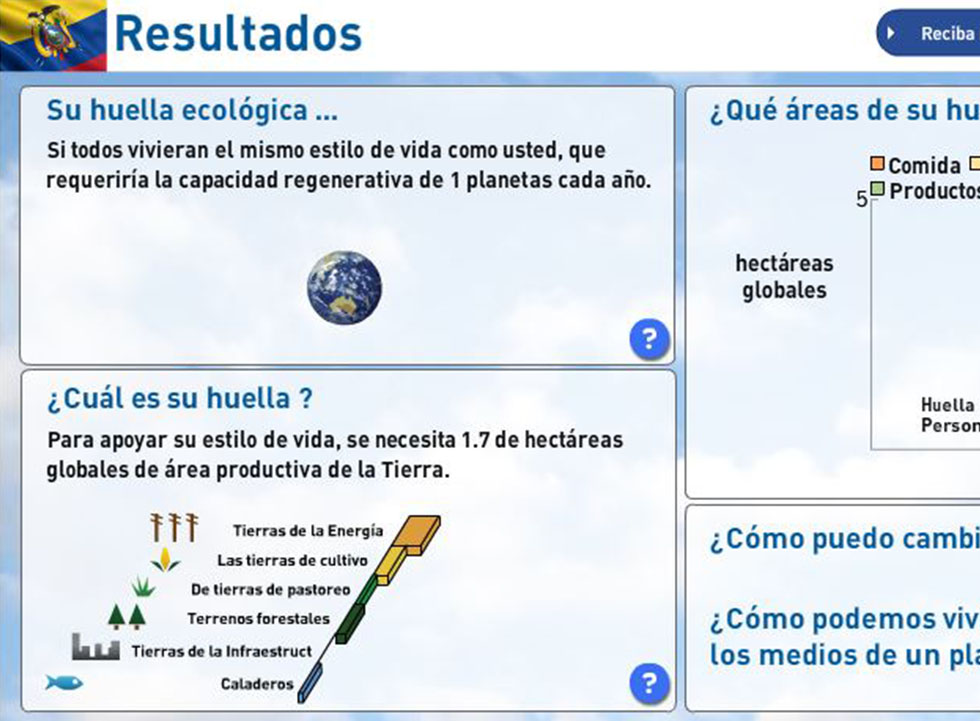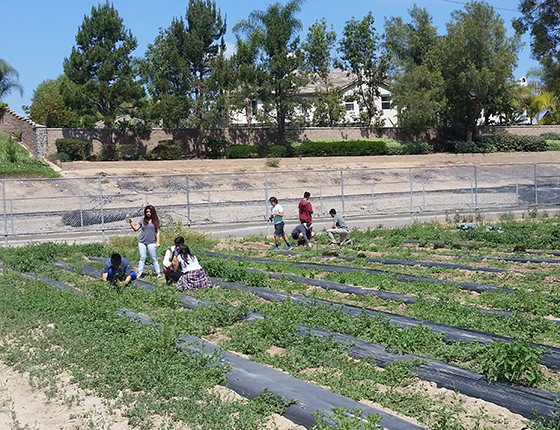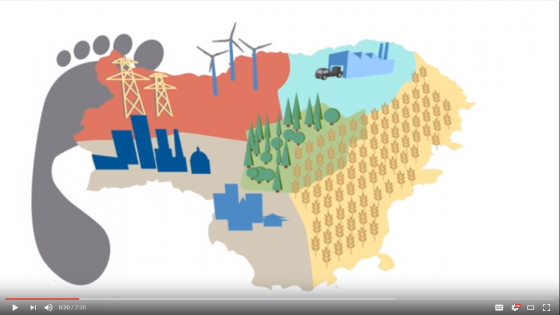Kirsten Balding at RMIT University in Melbourne, Australia, is a huge advocate of using Global Footprint Network’s Ecological Footprint calculator to teach students about sustainability. “It is a really engaging way for students to measure their consumption of resources,” says Balding. “It’s a very clear and simple way of communicating a complex concept—that also presents solutions too!”
And she doesn’t just refer to the calculator in a single class session of her sustainability course, but refers to the results over the entirety of the course.
From Australia to the United States, university students and teachers across the world have contacted Global Footprint Network over the years to praise and offer ideas for improving the Ecological Footprint calculator.
It’s not only in environmental science courses that the Footprint calculator is proving a thought-provoking instructional tool. Jessica Piekielek, who teaches sociology and anthropology at Southern Oregon University, has taken advantage of the calculator in her Introduction to Cultural Anthropology class to talk about global population growth, development, and social inequality. “I especially appreciate that students can experiment with calculating Footprints based in other countries, so that we can compare results and discuss,” she notes.
Balding from RMIT University echoes that sentiment. The calculator, she says, “helps students understand the relevance of sustainability and global ecological overshoot to their own lives and careers, making them realize that sustainability and climate change is their problem too—and not something to leave to ‘someone else’.”
Guénola Nonet, who is a professor in Management and Public Administration at Nova Southeastern University in the United States, uses the Footprint calculator to teach graduate students about sustainability. “The Footprint calculator is fun, insightful and students love using it. We use it to look not only at the mean of the entire class’s Footprint but also students’ individual Footprints. Their comments are astonishing,” Nonet says. “I’m always happy to see the awareness it helps create and often receive comments like ‘I thought I was doing well… Now I see my true impact.’”
University students have been as enthusiastic as instructors about the calculator. Currently available in 11 languages for 16 countries, the calculator is used by both undergraduate and graduate level students for research and other school work.
Students at the Escuela Superior Politécnica del Litoral (ESPOL) in Ecuador research their personal Ecological Footprint. Heydi Fuentes, a student at ESPOL, prefers Global Footprint Network’s Footprint calculator because it includes several lifestyle choices and leads to more precise Footprint results.
Elfe Marschall, a student at the School of Visual Arts in New York, wrote, “I find [the calculator] very fascinating and have told my friends and family to check it out!”
Amanda M. Onley-Willette, a student at Midlands Technical College, highlighted the comprehensiveness of the calculator, “especially at the end when the program gives you different suggestions on how you can improve your Footprint.” She added, “Maybe if we got together and collaborated among our different communities, we could come up with more ways to reduce our Footprint as a whole along with ways to improve one’s personal impact.”
Indeed, in a future update of the calculator, Global Footprint Network aims to show the effects of scaling individual action to a larger national or even global level. We also hope to create a new version of the calculator that works on mobile devices.
Please share your experience using the calculator with us at media@footprintnetwork.org or consider supporting the calculator by making a donation at footprintnetwork.org/donate.






